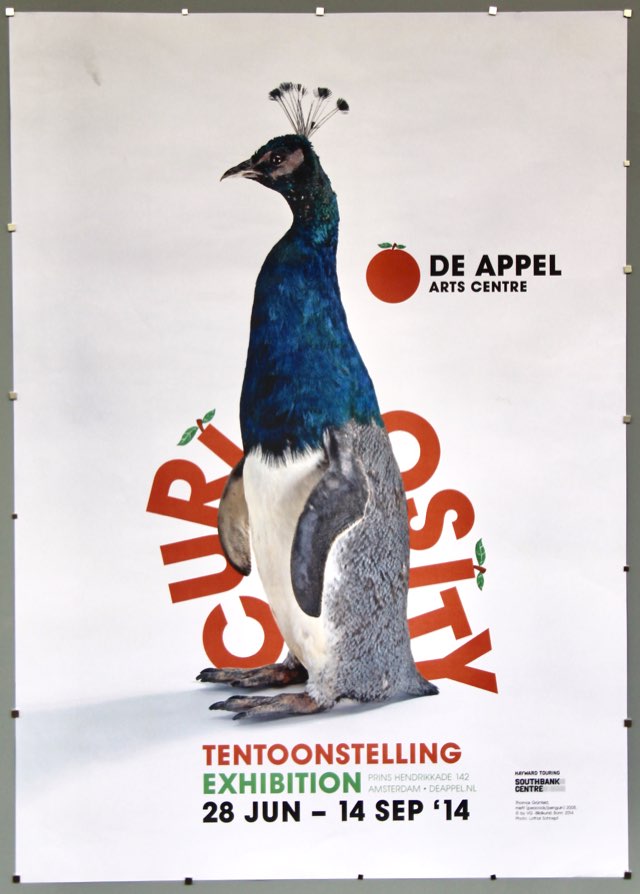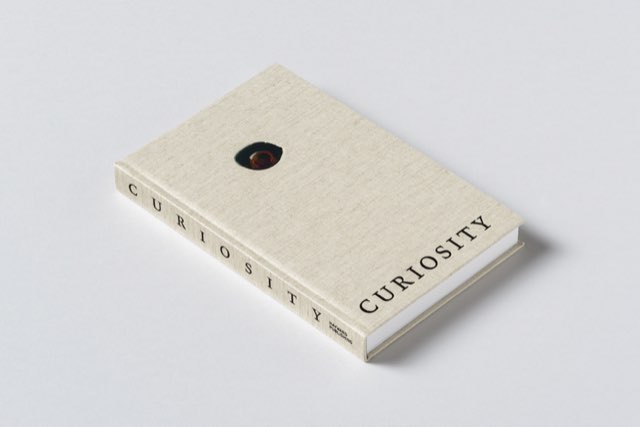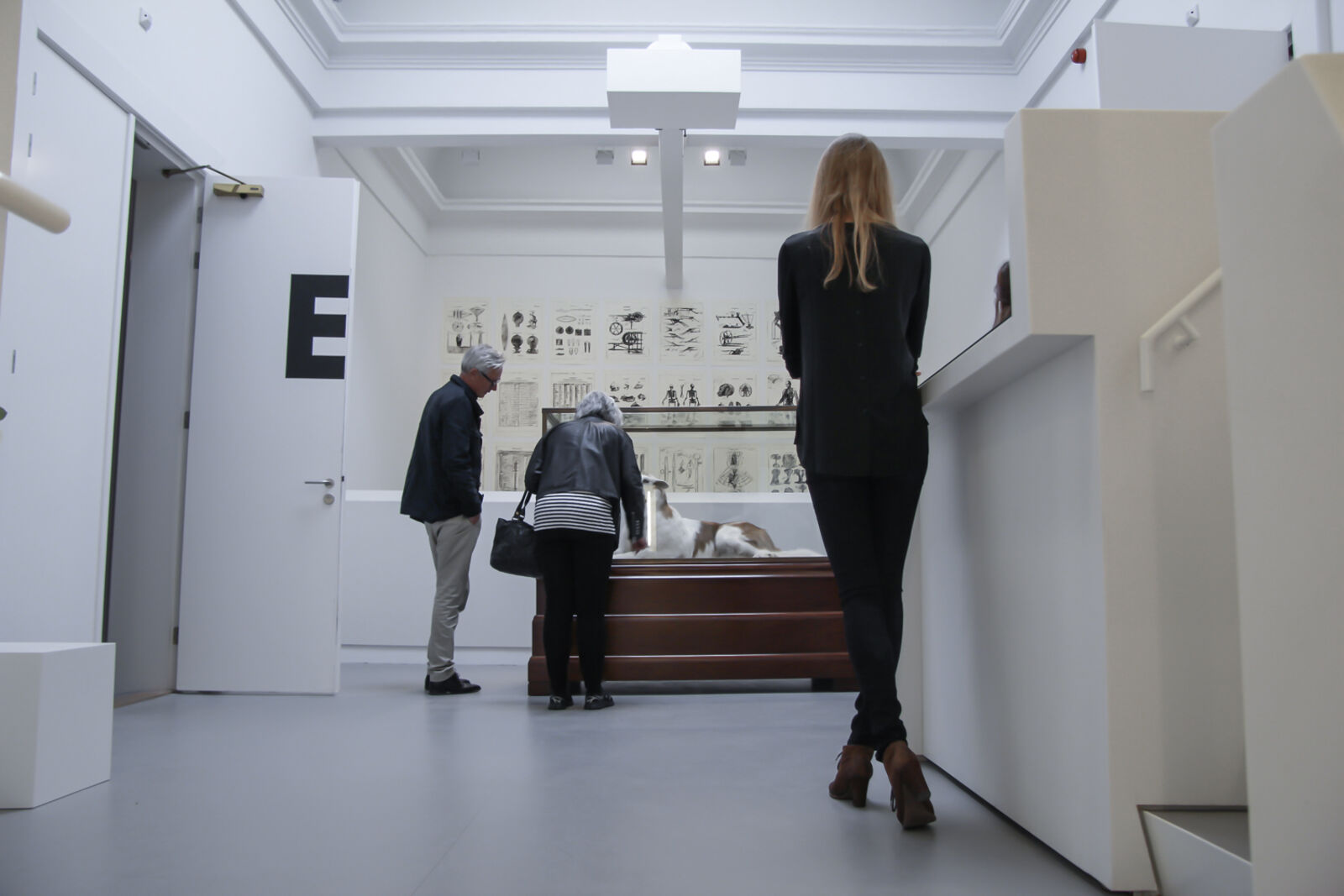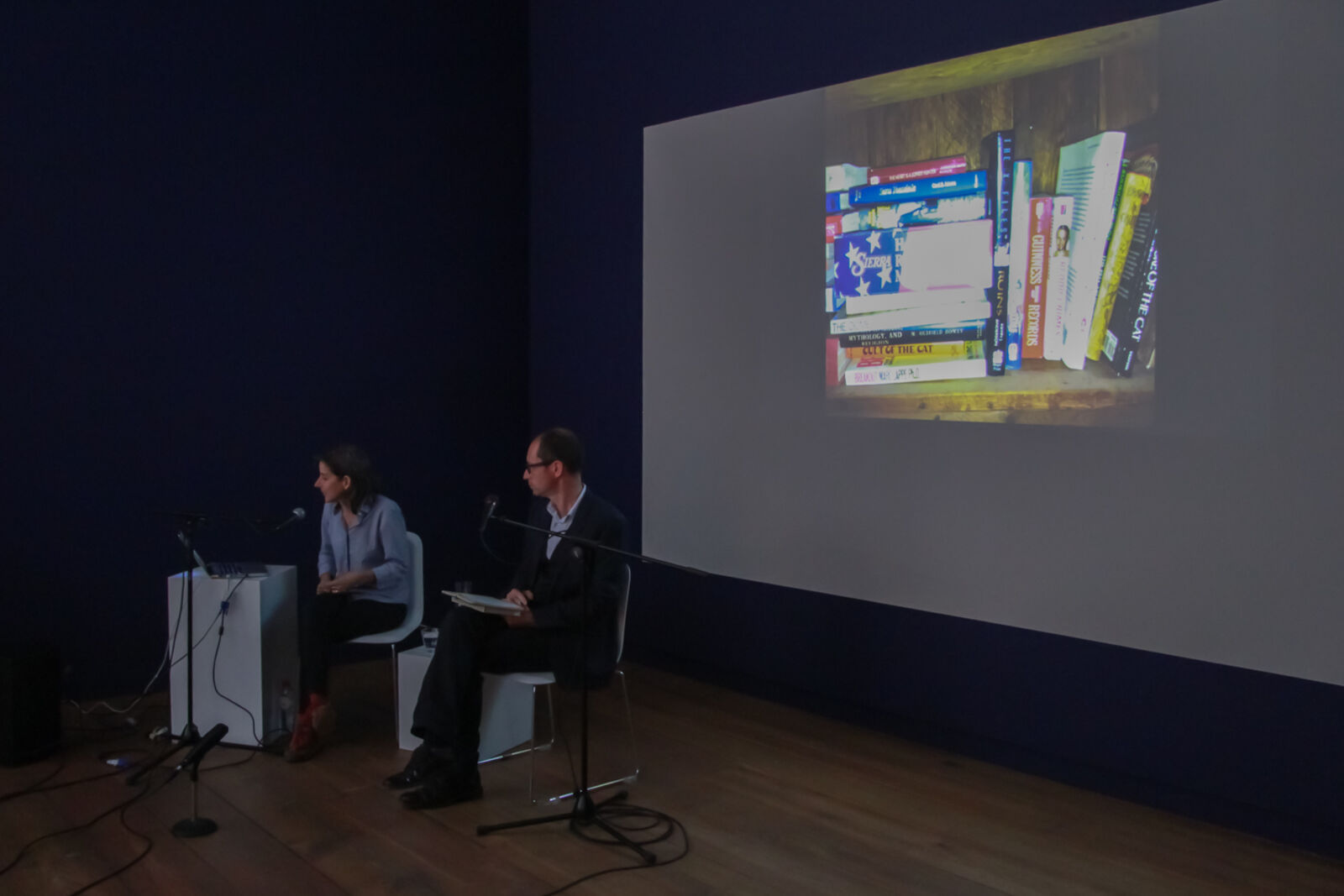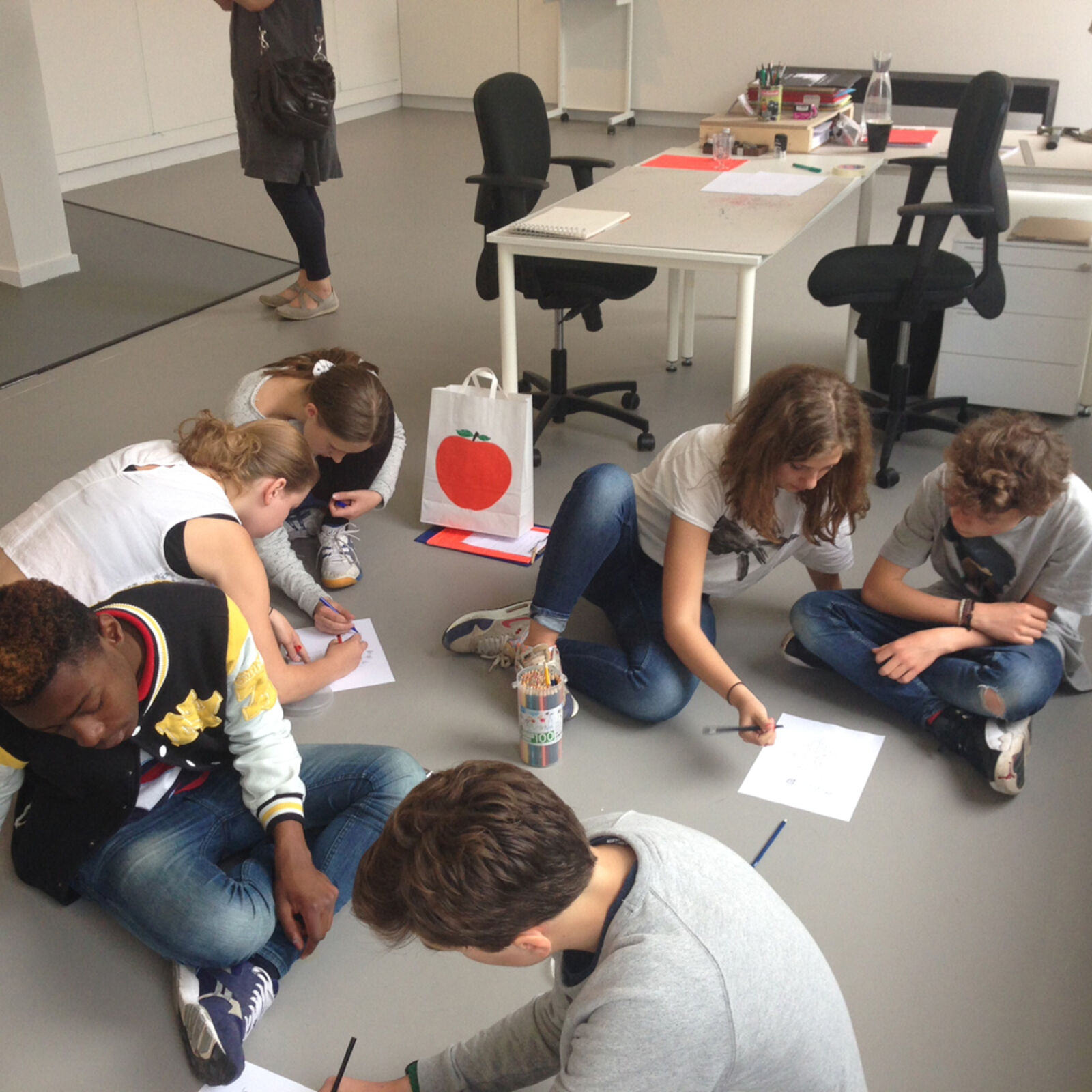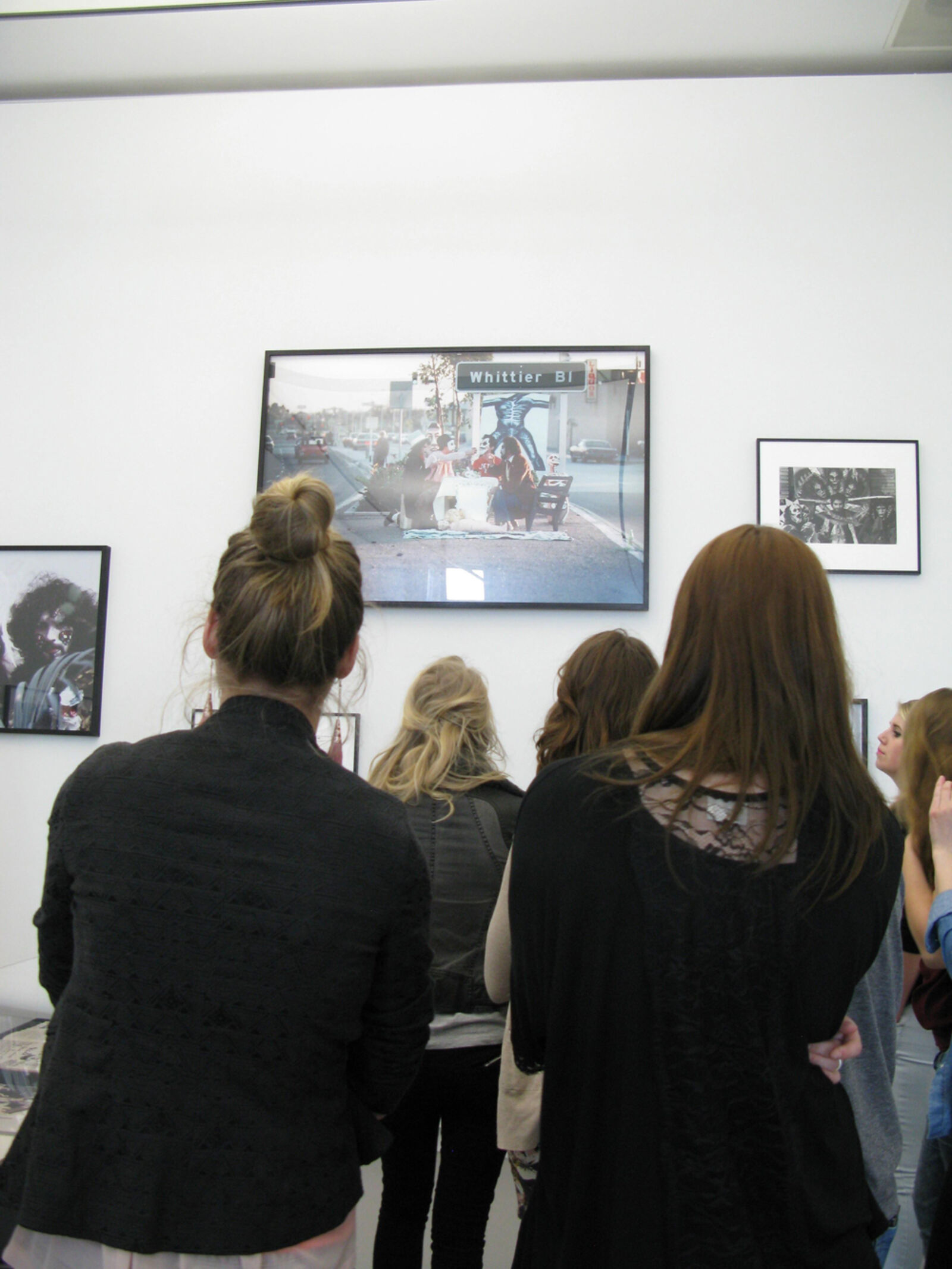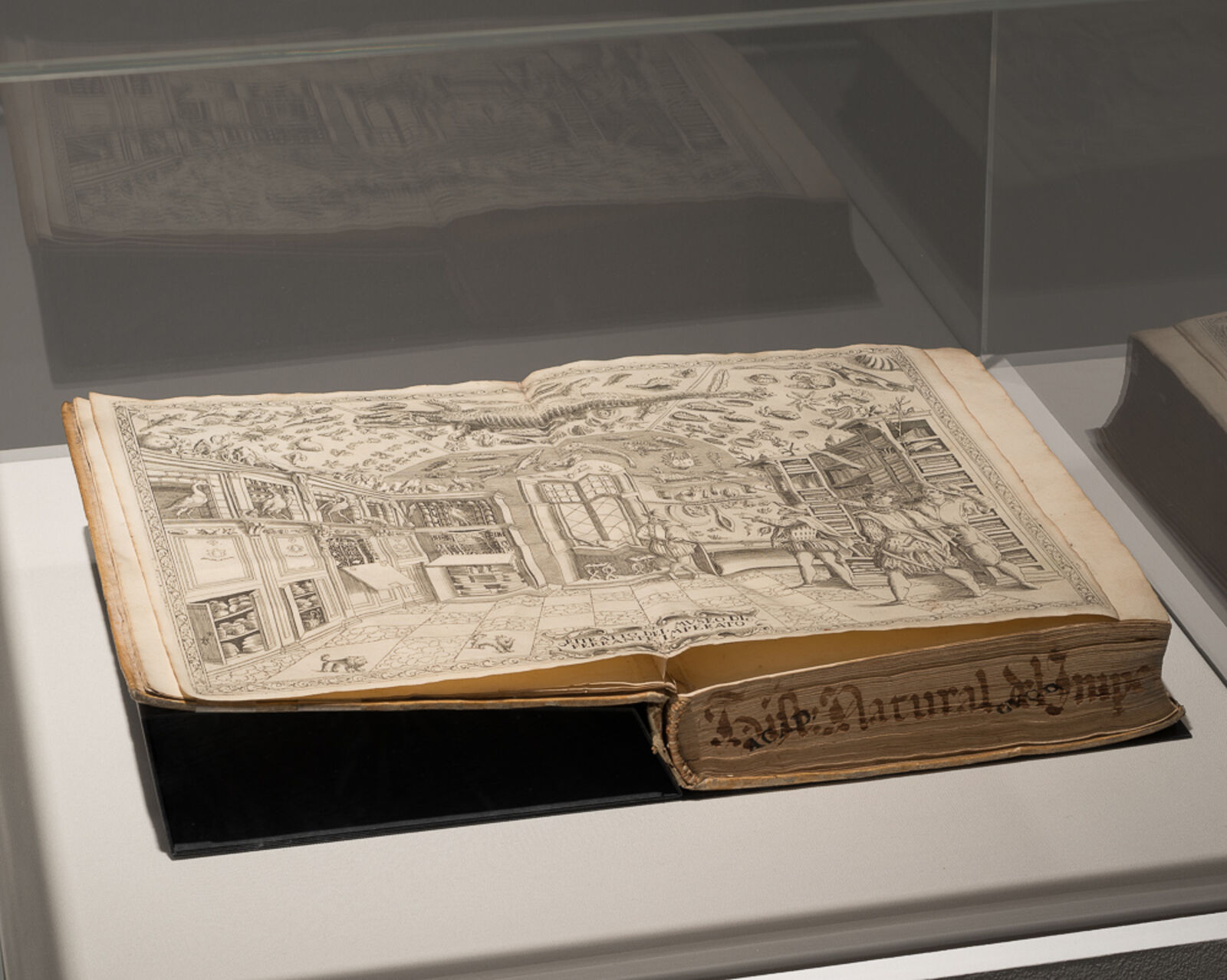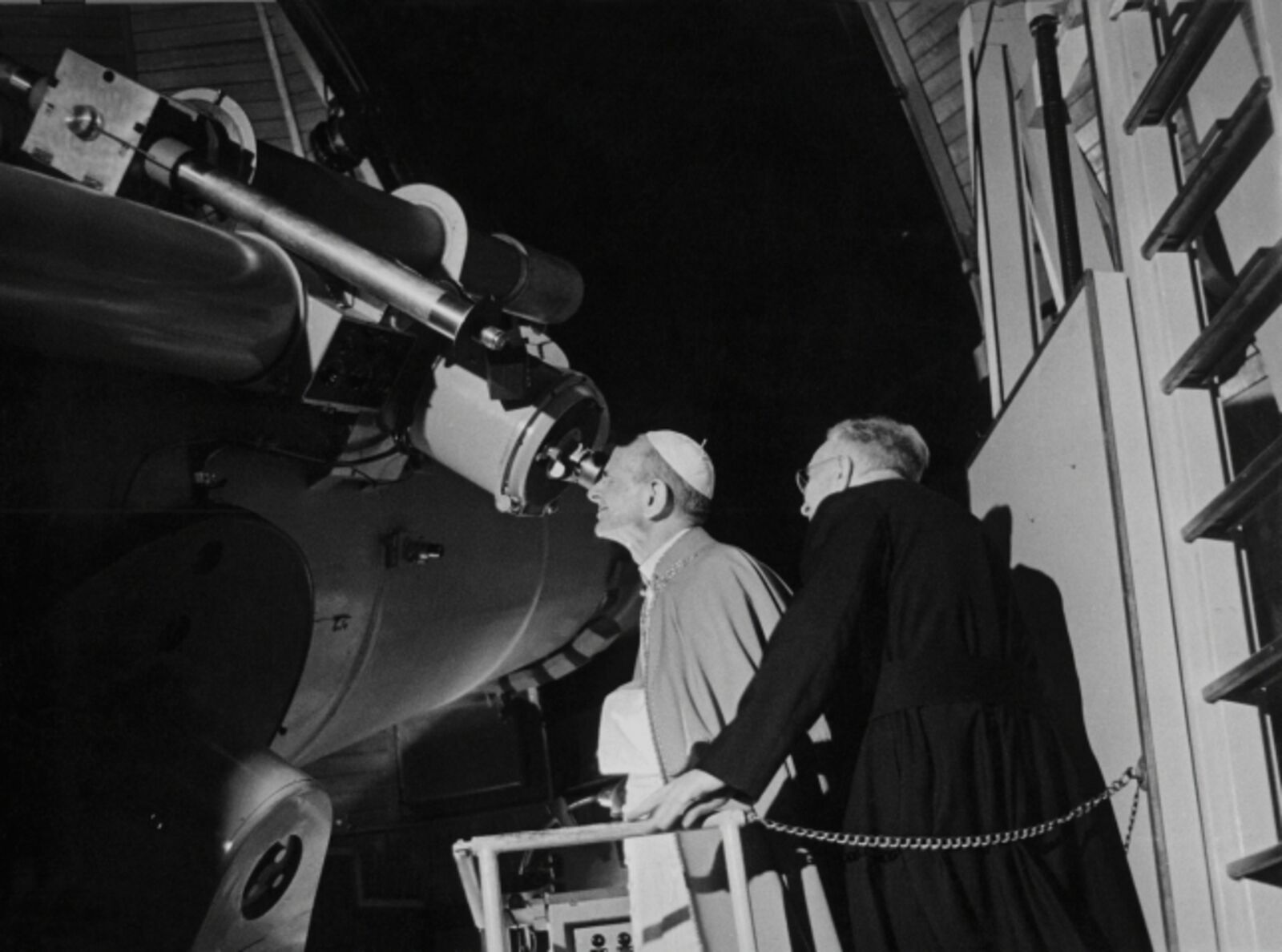Curiosity
Opening: June 27, 6-9 pm
de Appel, Prins Hendrikkade 142, Amsterdam
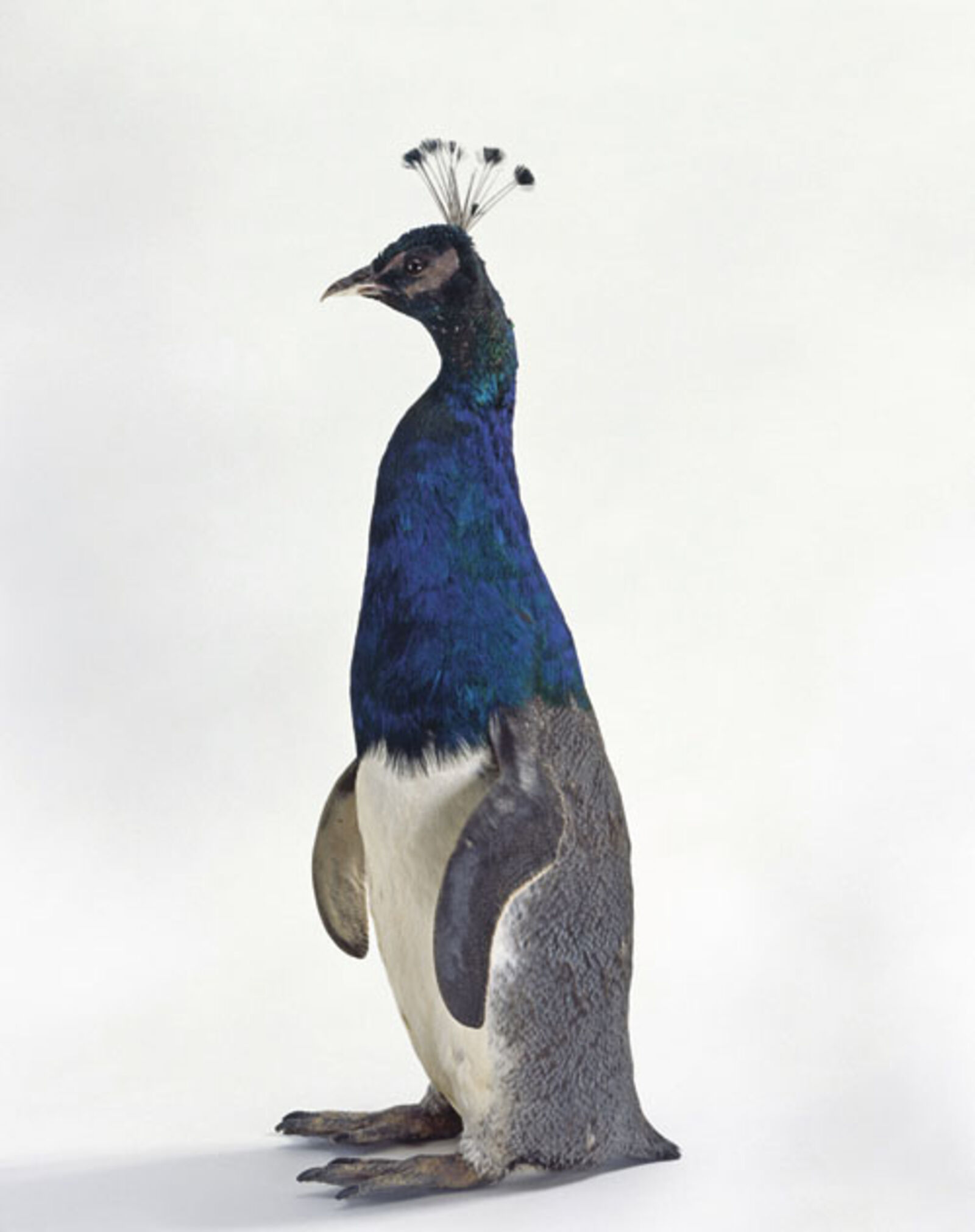
Thomas Grünfeld, Misfit (Penguin/Peacock), 2005, Courtesy Archeus / Post-Modern, London. © by VG -Bildkunst, Bonn 2014. Photo: Lothar Schnepf
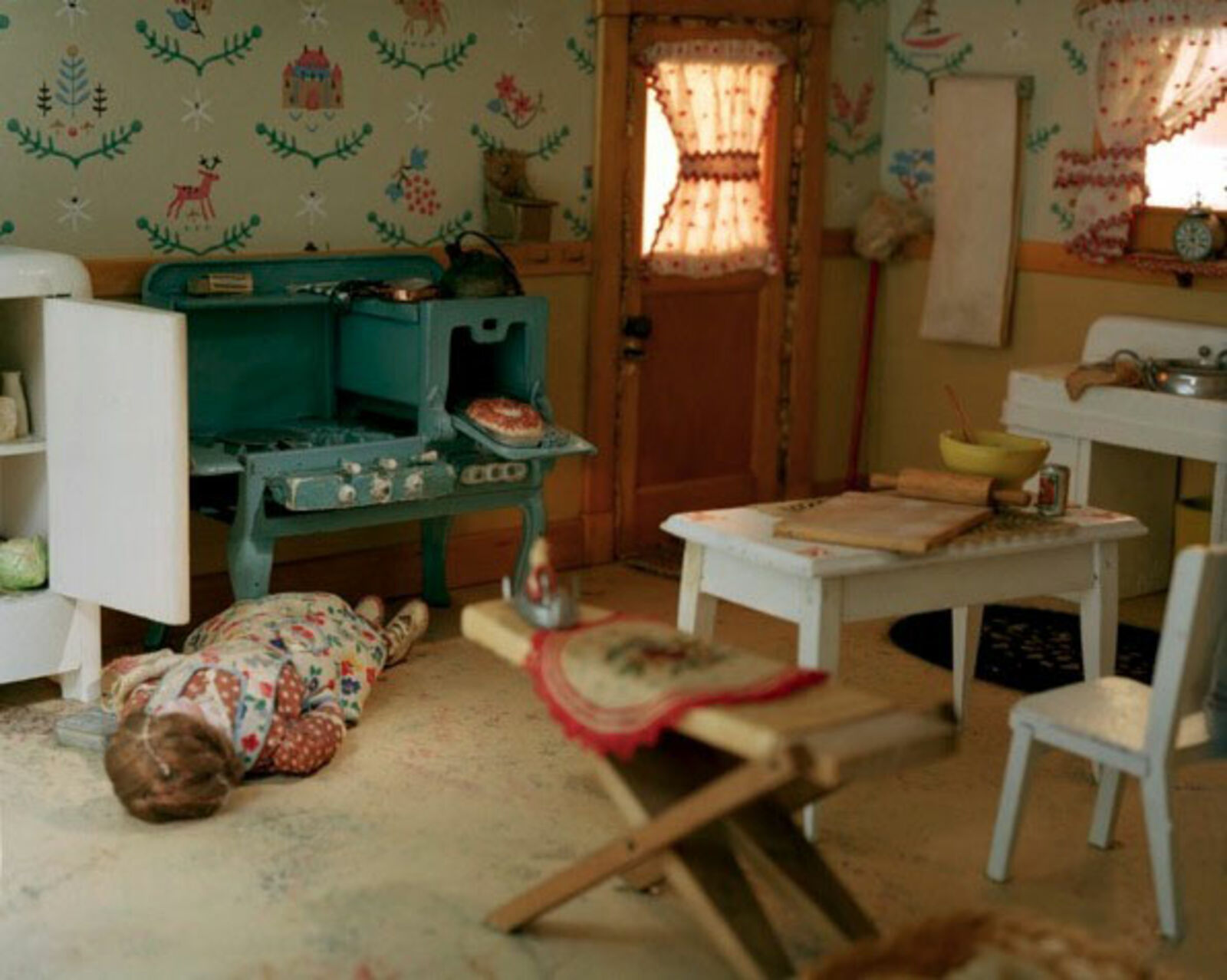
Corinne May Botz, Kitchen (Room from Afar), 2004 © the artist (2014), courtesy the artist

Albrecht Dürer, A Rhinoceros, 1515

Leopold and Rudolph Blaschka, Argonauta Argo, c. 1890s, Photo: James Turner ©Amgueddfa Cymru (2014) National Museum Wales, Cardiff
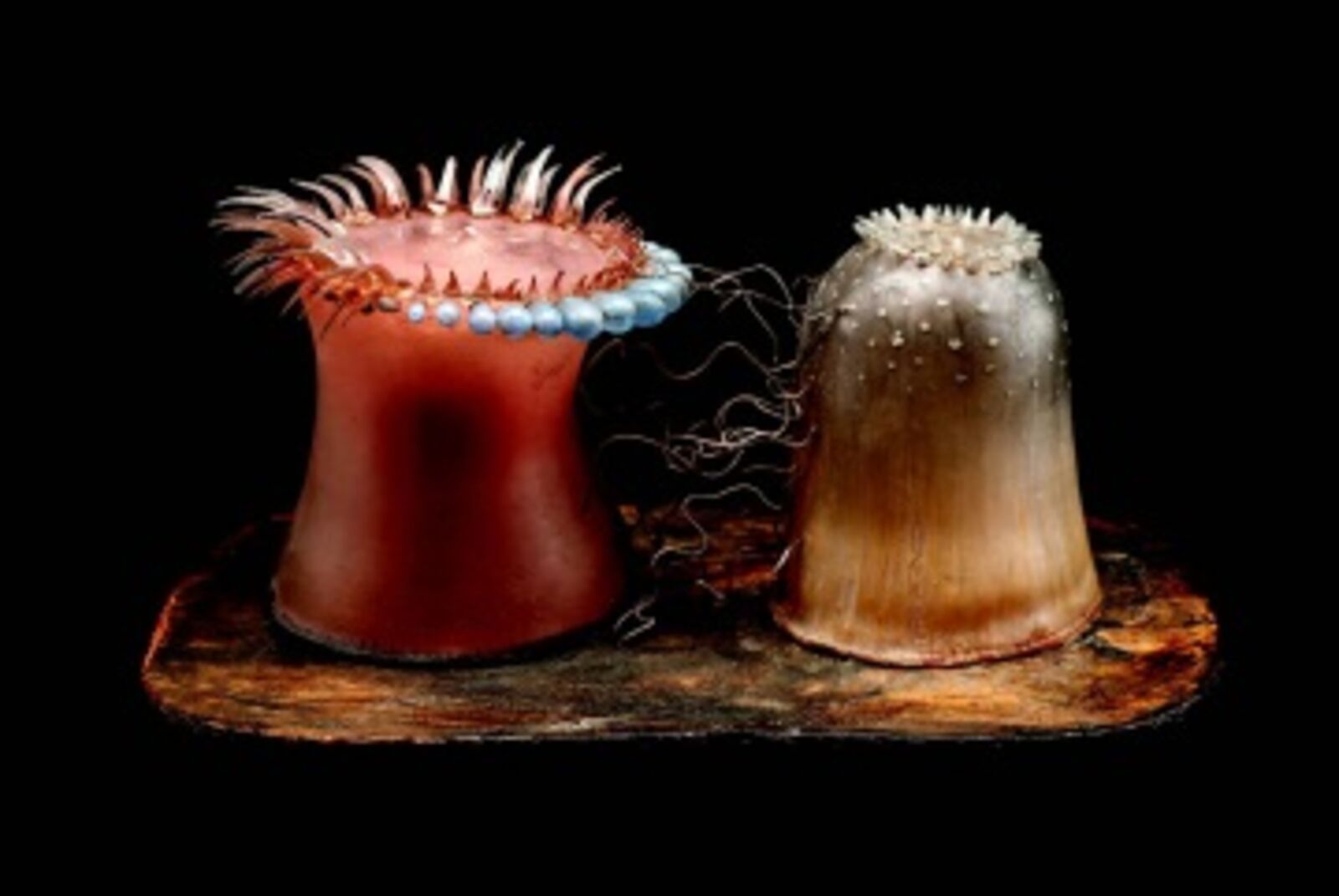
Leopold and Rudolph Blaschka, Actinia and Sargartia, 1890, Photo: James Turner ©Amgueddfa Cymru (2014) National Museum Wales, Cardiff
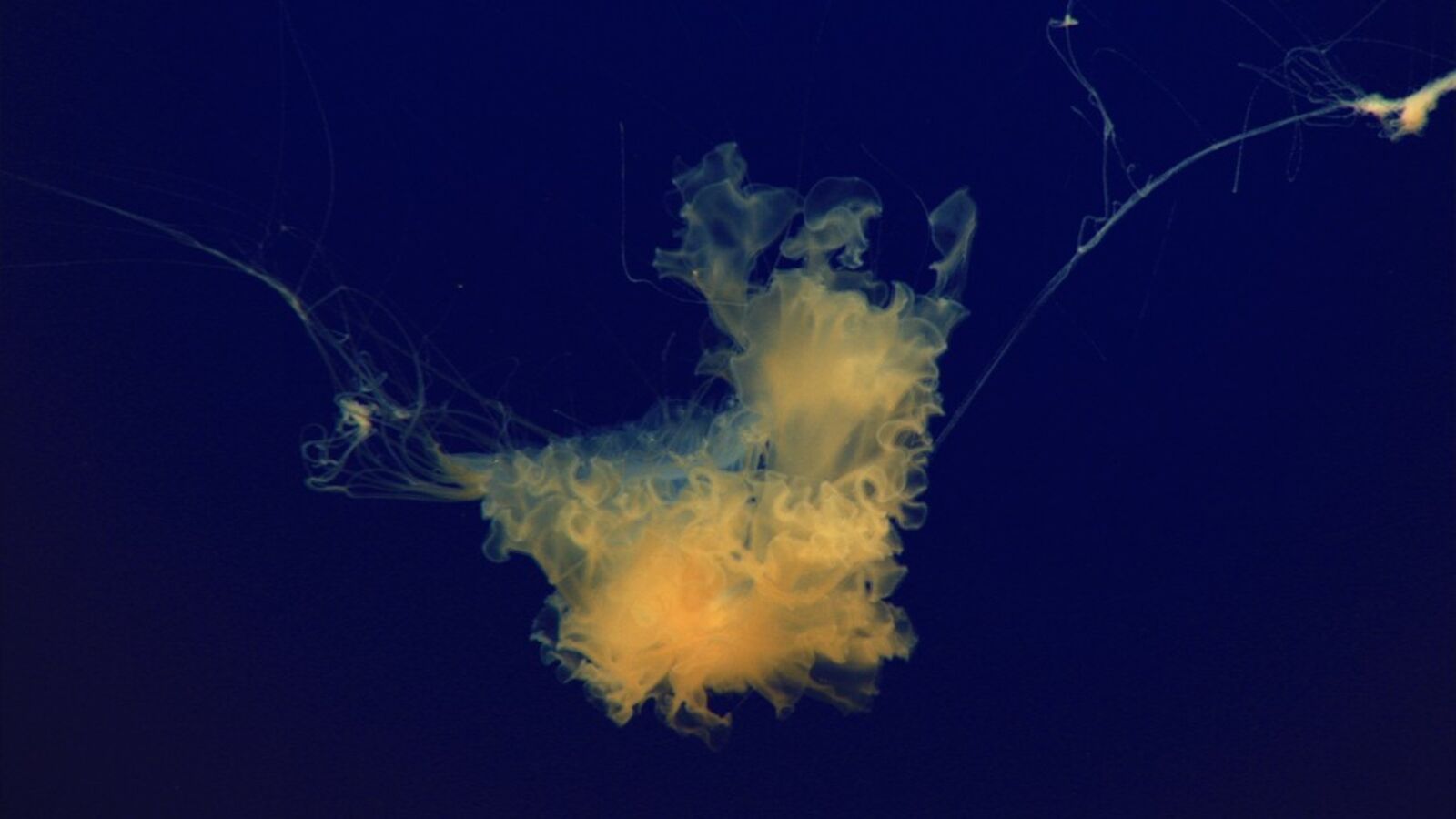
Aurélien Froment, Pulmo Marina, 2010, © the artist. Courtesy of the artist, Marcelle Alix and Motive Gallery. Photos: Aurélien Froment
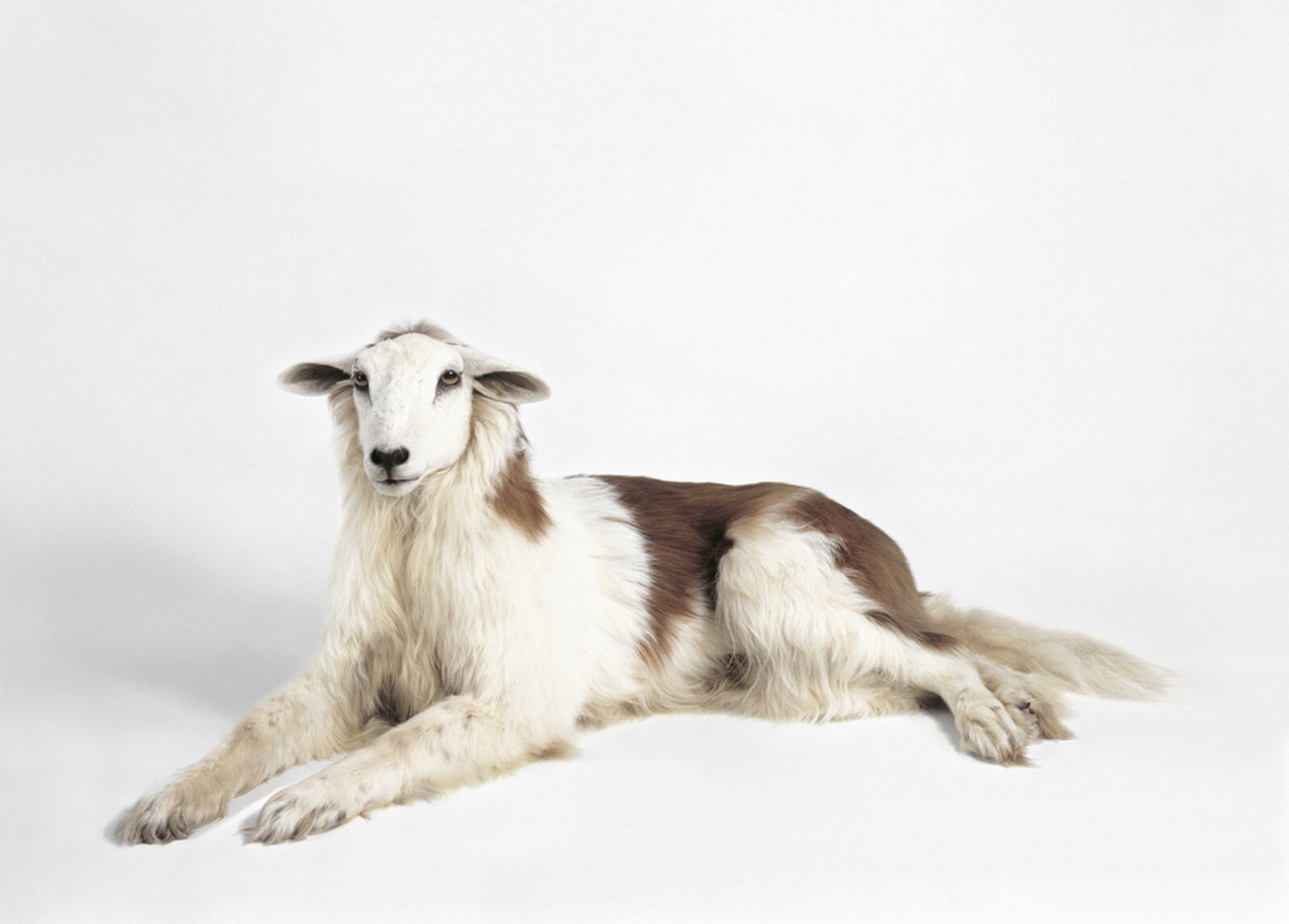
Thomas Grünfeld, Misfit (St. Bernhard/Sheep), 1994, Courtesy Archeus / Post-Modern, London. © by VG -Bildkunst, Bonn 2014. Photo: Lothar Schnepf
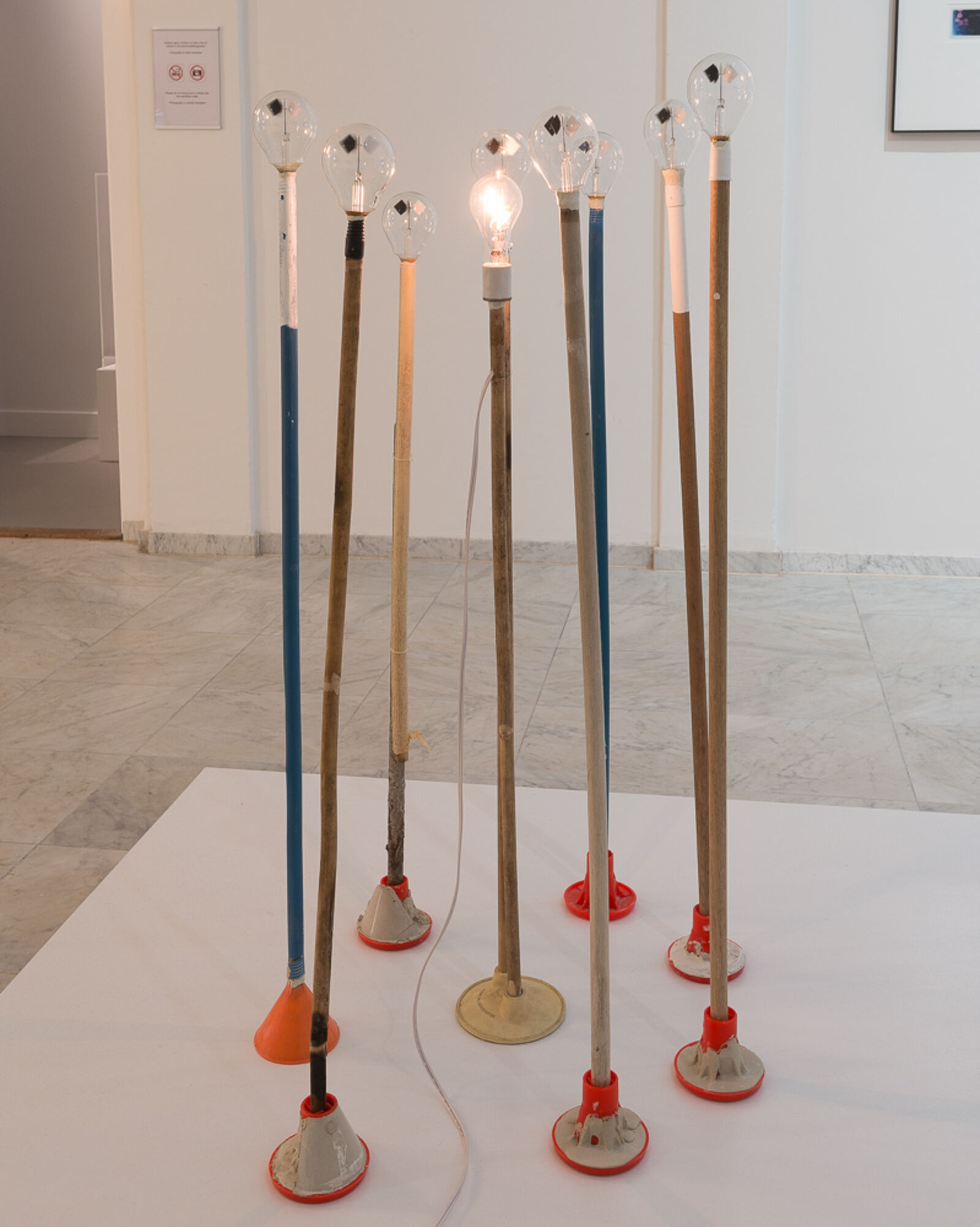
Nina Canell, The New Mineral, 2009. courtesy AMC Collezione Coppola. Photo: Cassander Eeftinck Schattenkerk.
Cassander Eeftinck Schattenkerk
This exhibition, curated by novelist Brian Dillon, zooms in on ‘curiosity’ as the motor which spurs us on to acquire knowledge, but also as a guilty desire for the pleasures of new and strange things.
This summer de Appel arts centre presents Curiosity, curated by Brian Dillan, a startling exhibition that moves wittily, sometimes mysteriously, between contemporary art, anatomy, Old Master drawings, the history of criminology, Cold War secrets, the origins of museums and voyeurism in everyday life. Taking as a starting point the cabinets of curiosities that flourished throughout Europe in the 17th century, Curiosity is a detailed and spectacular meditation on the nature of wonder, fascination and inquiry.
Like its ancestor the Wunderkammer, this exhibition happily juxtaposes past and present, to create a picture of knowledge and invention that is encyclopedic but highly eccentric. Contemporary works include Nina Katchadourian’s sly and hilarious photographs made on long-haul flights: the artist disappears into the aircraft toilet and, using materials to hand, photographs herself in the costumes and poses of seventeenth-century Flemish portraiture. Back in her seat, she composes landscapes and animal studies out of in-flight magazines and meals. Attention and concentration are recurrent themes of the exhibition: under hypnosis, Matt Mullican videos himself becoming deeply interested in his own shoe and other objects. Tacita Dean films the artist Claes Oldenburg in his studio as he cleans the objects on his bookshelves. Katie Paterson invites us to pore over identical images of darkness sourced from observatories all around the world. Gerard Byrne films and photographs the territory around Loch Ness, and produces a compelling map of the frontiers between art, science and fantasy.
Visitors to Curiosity will encounter such recent works among an intriguing array of historical artefacts. Curiosity can coax us too into seeing things that are not exactly there: a collection of ravishingly patterned and coloured stones that belonged to the Surrealist writer Roger Caillois is part of the long tradition of artists projecting their visions onto the natural world. The German glassmakers Leopold and Rudolph Blaschka did not call themselves artists, but in the late nineteenth century they produced an astonishing array of exquisitely detailed models of aquatic creatures: still used as teaching aids, they hover somewhere between works of art and scientific specimens. But curiosity has a less alluring history too; the Center for Land Use Interpretation, a scholarly-artistic institute based in Los Angeles, will exhibit a series of Rolodexes and index cards that once belonged to the US nuclear facility at Los Alamos: bearing the names and addresses of contractors hired by the government, they attest to an era of intense military-industrial secrecy.
Curiosity is a venerable subject that has long been a theme for artists as much as scientists, philosophers and writers. This exhibition includes Albrecht Dürer’s celebrated woodcut of a rhinoceros, of 1515.
But curiosity is also a compelling topic today, perhaps especially in the era of the Internet when it seems that there has never been so much knowledge available, but also that we have never been so easily distracted. Curiosity is an exploration of the ambiguous history and present meaning of wonder, attention and the urge to know. It shuttles engagingly between rigour and intuition, and asks us to focus on objects, images and ideas at vastly different scales: from the microscopic through the bodily to the cosmic and infinite.
The exhibition – developed and mounted in association with Cabinet magazine – is accompanied by a suitably playful, and informative book that includes essays by Marina Warner and Brian Dillon. For sale at the Appel arts centre shop for 22,50.
Brian Dillon, curator, said:
“Curiosity is the desire to uncover what lies beyond our present understanding of the world. Alongside wonder, which was traditionally considered the origin of philosophy, curiosity is valued because it leads us into new territories. But historically it has been condemned too as a form of distraction, an attraction to novelty for its own sake or a desire to unveil what is actually none of our business. Like the cabinet of curiosities, which mixed science and art, ancient and modern, reality and fiction, this exhibition refuses to choose between knowledge and pleasure. It juxtaposes historical periods and categories of objects to produce an eccentric map of curiosity in its many senses.”
Curiosity: Art and the Pleasures of Knowing includes work by Salvatore Arancio, Rudolph and Leopold Blaschka, Corrine May Botz, Pablo Bronstein, Roger Caillois, Adam Broomberg and Oliver Chanarin, Gerard Byrne, Nina Canell, the Center for Land Use Interpretation, Tacita Dean, Albrecht Dürer, Gunda Förster, Aurélien Froment, Galileo Galilei, Laurent Grasso, Thomas Grünfeld, Susan Hiller, Robert Hooke, Ferrante Imperato, Toril Johannessen, Nina Katchadourian, Jeremy Millar, Matt Mullican, Katie Paterson, Aura Satz, Miroslav Tichý and Richard Wentworth.
Historical artefacts include: the mineral collection of Roger Caillois from the Natural History Museum in Paris, Robert Hooke’s Micrographia with its startlingly detailed illustration of a flea, and an exquisite book of observations made through a telescope by Galileo.
The exhibition was organized in cooperation with Hayward Touring exhibition and Cabinet Magazine.
